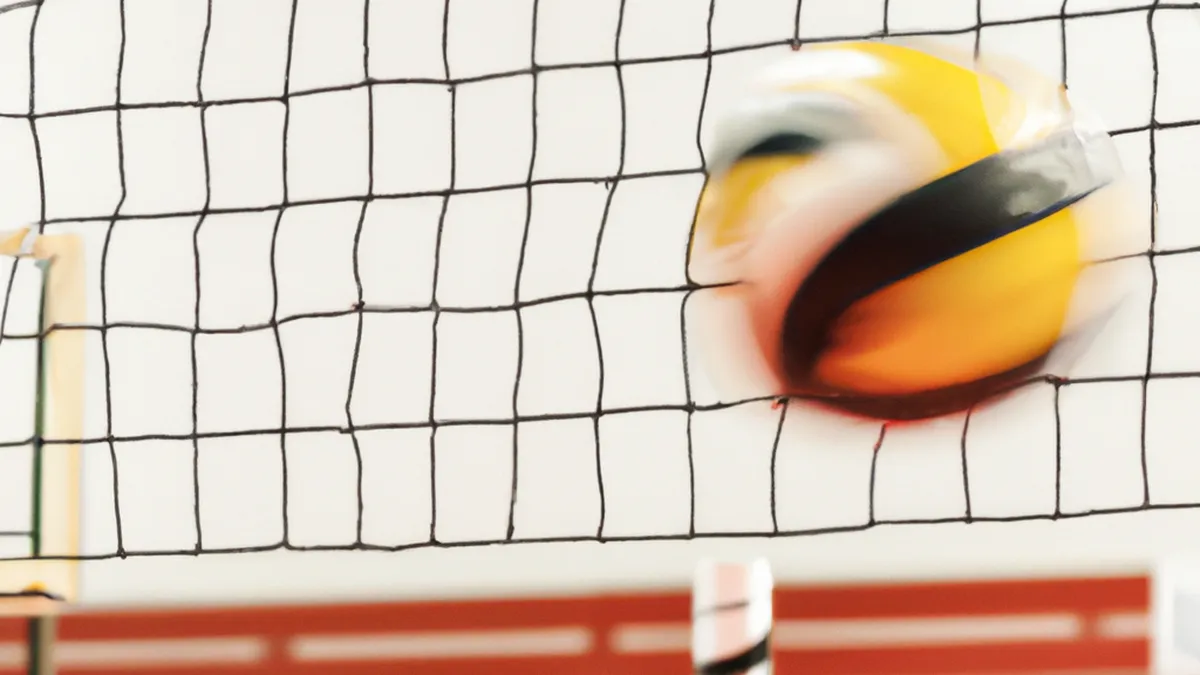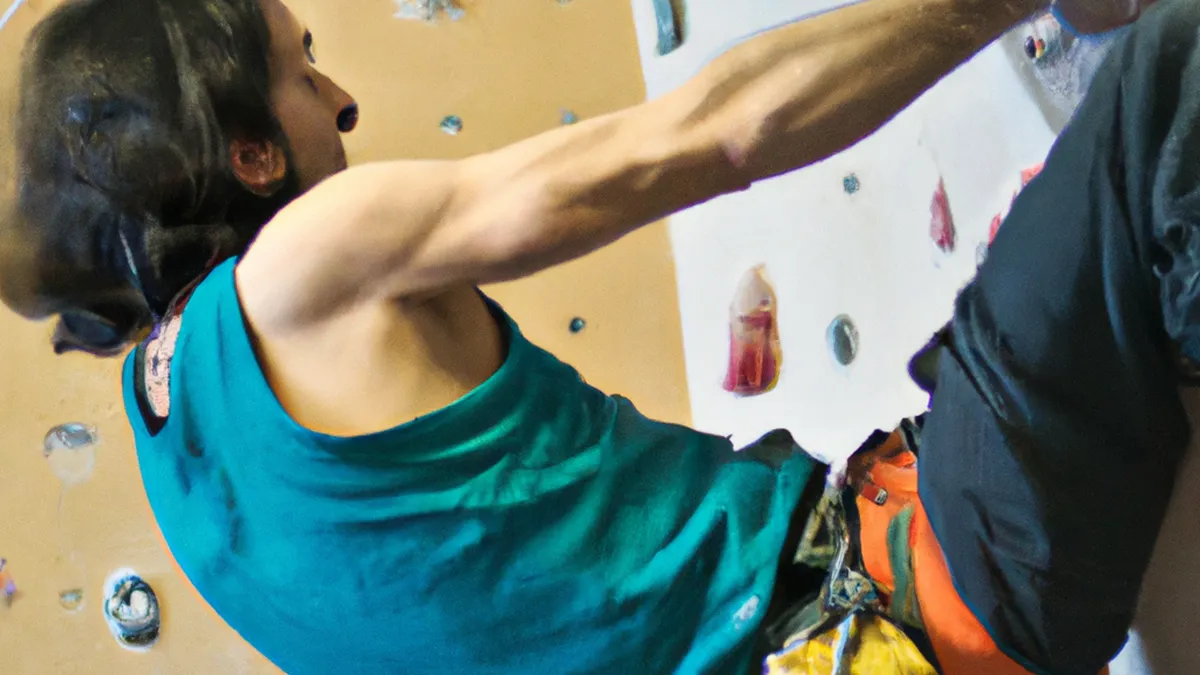Communicate Like a Champion on the Field
Communicating Strategies During MatchesEffective communication drives success in sports. It can determine victory or defeat. Teams that communicate well execute strategies efficiently and adapt quickly to field dynamics. This blog post explores ways to enhance communication during matches, highlights its importance, provides practical tips, and discusses benefits for players and teams.
Understanding the Importance of Communication
Communication in sports includes verbal exchanges, non-verbal cues, body language, and visual signals. Players must interpret each other’s movements and intentions, creating synergy that boosts performance. When athletes anticipate actions, they perform better as a cohesive unit.Clear communication builds trust and teamwork. Players who communicate effectively support one another during high-pressure moments. This shared understanding proves essential in fast-paced sports, where quick decisions can lead to victory or defeat. Swift information relay can significantly impact match outcomes. Therefore, teams must prioritize communication in training, integrating it into daily practices and strategy sessions.
Tips for Effective Communication
As an Amazon Associate I earn from qualifying purchases.
Gear tip: consider stopwatch, volleyball, and knee pads to support this topic.
Use Clear and Concise Language
In high-pressure moments, players should avoid jargon and complex phrases. They should use simple and direct language instead. For instance, shouting “man on” alerts a teammate to an approaching opponent without confusion. Short phrases save time and minimize misunderstandings, enabling quick reactions.Establishing common terms for strategies also helps. Designating signals for offensive and defensive plays aids players in remembering their roles. This clarity keeps everyone aligned during the game and reduces errors from miscommunication.
Maintain Eye Contact
Eye contact plays a crucial role in effective communication. It signals attentiveness and readiness, reinforcing conveyed messages. Players should habitually look at each other while communicating, ensuring messages are received and understood.Hand signals can further enhance communication. In noisy situations, players can rely on visual cues. For example, a raised hand may indicate a quick play or a timeout request. This method reduces misunderstandings and maintains team synchronization.
Encourage Open Communication
Creating an environment where players feel comfortable sharing thoughts is vital. Encourage teammates to express insights to foster collaboration. When players feel valued, they communicate more openly both on and off the field.Regular strategy meetings during practice can promote open communication. Discussing communication styles and preferences helps players understand how to relay information effectively. This dialogue lays a foundation for improved communication during matches.
Advice for In-Game Situations
Stay Calm Under Pressure
During matches, players must manage high emotions.
Conclusion
In summary, effective communication significantly enhances team performance and collaboration during matches. Focus on clarity, eye contact, and openness to improve communication.
Below are related products based on this post:
FAQ
Why is communication important in sports?
Communication in sports is essential as it includes verbal exchanges, non-verbal cues, and body language. It helps players interpret each other’s movements and intentions, creating synergy that boosts performance. Effective communication builds trust and teamwork, which is crucial during high-pressure moments.
What are some tips for effective communication during matches?
To communicate effectively during matches, players should use clear and concise language, maintain eye contact, and encourage open communication. Simple phrases should be used to avoid confusion, while eye contact reinforces messages. Additionally, fostering an environment where players feel comfortable sharing insights can enhance collaboration.
How can teams integrate communication into their training?
Teams can integrate communication into training by prioritizing it in daily practices and strategy sessions. Regular strategy meetings can promote open dialogue about communication styles and preferences. This approach helps players understand how to relay information effectively, laying a foundation for improved communication during matches.















Post Comment